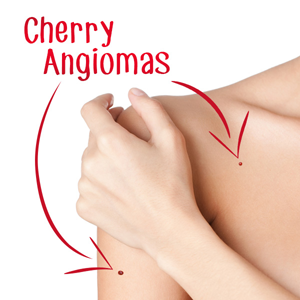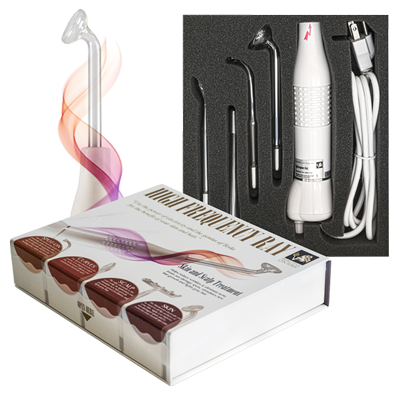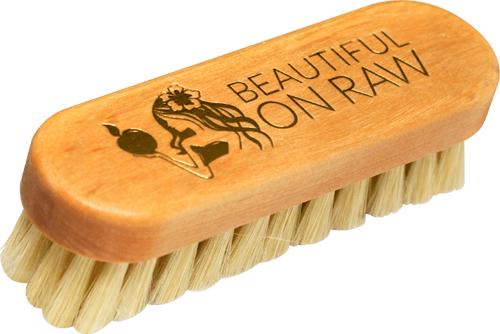Red Dots on Your Skin … What Can You Do?

They are called Cherry Angiomas.
Cherry what? You may not know the name, but you do know the phenomenon: those tiny red or reddish-purple dots that appear on the skin here and there, and seem never to go away on their own.
These little dots are actually lesions caused by clusters of dilated capillaries. Often they’ll appear in singles, sometimes in groups. These angiomas can be as small as the point of a pen, as big as a quarter-inch. Medical sources say they mainly appear on women after age thirty. But more and more are being seen in younger women, even kids and babies.
Cause
Mainstream sources often pronounce that there’s “no known cause.” By default, they point to genetics, sun exposure, chemical pollution, and climatic factors.
Removal
Cherry angiomas don’t just “go away.” But neither do they commonly cause medical problems. They’re essentially a cosmetic issue.
Traditional medical treatment options are like those used in removing moles. Among these: cryotherapy (liquid nitrogen freezing) … electrocauterization (burning with electrical current) … laser vaporization … and shave excision (shaving away layers of skin).
Among the popular natural home remedies are the following …
Apple Cider Vinegar
Dip a clean cloth in apple cider vinegar, pressing it against the spot for about 30 minutes. Do this daily, and you’ll soon see results.
The hot pin technique
Using tweezers, pliers, or a cork for safety, heat up the head of an all-metal pin. Apply the hot pin-head—briefly—to the cherry angioma. Afterward, wipe off the area with alcohol. After you use the hot pin, your cherry angioma will scab over, and in about a week will go away altogether. Many who’ve experienced cherry angiomas agree this is a great way to get rid of them without expensive clinical treatment. There are several good videos on YouTube how to do it. Make sure you watch them all before trying this method on yourself.
Natural health websites sometimes name iodine deficiency as a cause, the result of high toxin levels. Those who accept this view should note: Seaweed is exceptionally high in iodine. You might include some seaweed in your diet and see whether this brings a reduction in angiomas.
The High Frequency Ray
Similar to but easier than the hot-pin approach is using your High Frequency Ray’s electrode Curved. Keep zapping your angioma for about a minute, even a little longer. You’ll feel a brief but entirely tolerable stinging sensation. After using your High Frequency Ray, wipe the skin area a 3% hydrogen peroxide solution. Repeat the procedure the next day, if nessasery. In a few days the treated angioma will darken and form a scab. Then be patient. Because it will look like it didn’t help! But this impression is deceiving. Give it 4 weeks for the area to heal completely and usually the angioma will be gone.
Prevention
We do know one thing—cherry angiomas are definitely associated with broken capillaries. To keep your capillaries pliable, not brittle, do these four things…
- Eat lots of raw foods
- Include seaweed, such as kelp and nori in your diet
- Dry brush your skin regularly—preferably daily
- Perform a cupping massage all over your body at least once a week. Every other day will be even better.



